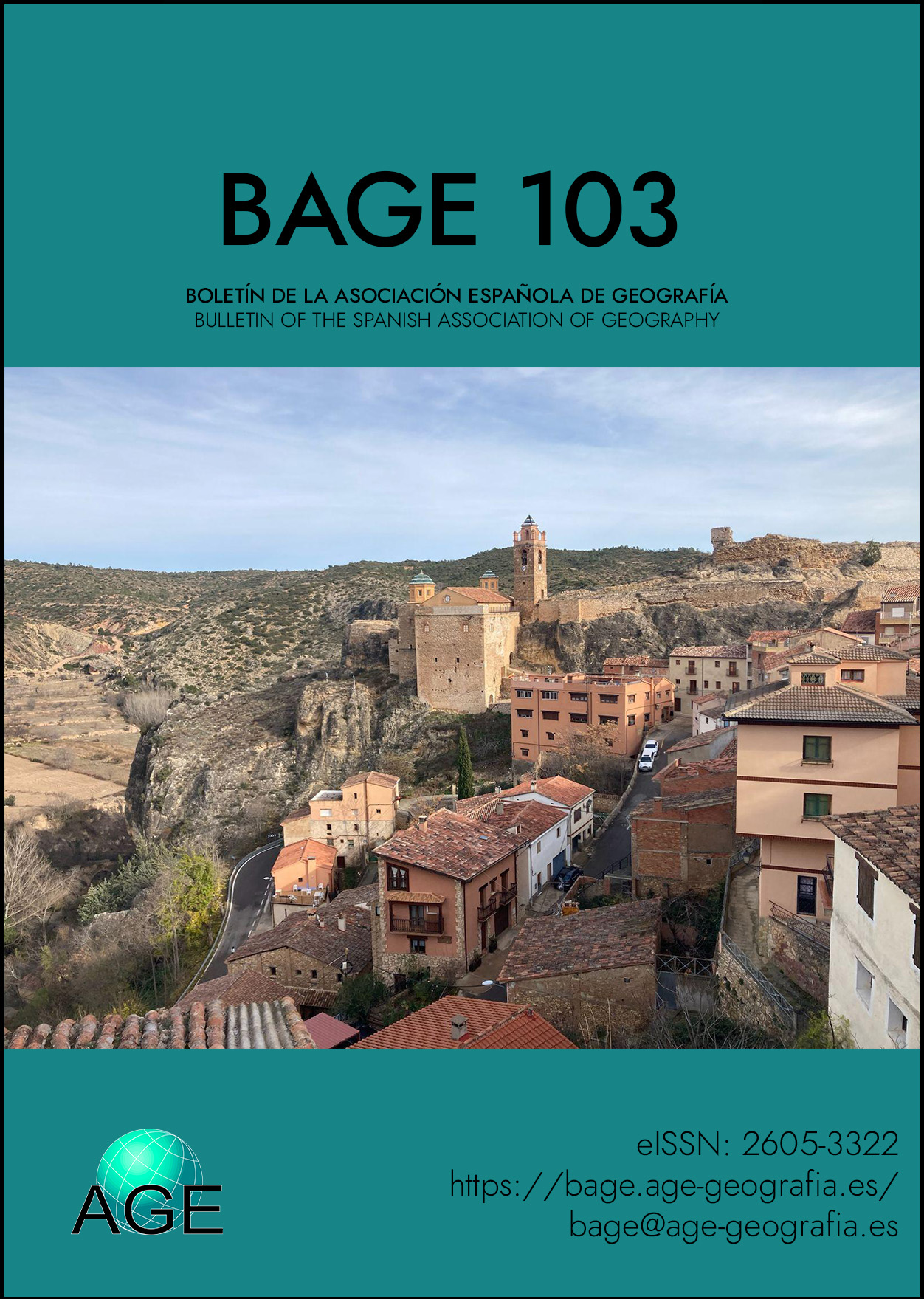Rural territories in transformation: challenges and opportunities in the face of the challenge of depopulation
Main Article Content
Abstract
The processes of rural depopulation have an evident manifestation in the loss of permanent resident population, and these in turn have effects on the housing stock of a large part of the rural villages of the peninsular interior. The image of Castielfabib (Rincón de Ademuz, Valencia; photograph by Néstor Vercher, December 2023) illustrates this transformation: abandoned or insufficiently maintained houses coexist with others rehabilitated as second homes. In fact, the improvement and enhancement of the housing stock has become a key challenge for the maintenance of the population and the attraction of new residents.
This town, like many others in the interior of the peninsula, embodies the tension between the weight of its heritage and the need to adapt to new dynamics. The medieval castle that dominates the urban center -whose origin dates back to the Roman conquest (Castellum Fabio)- and the 17th century church represent a historical legacy of great value, but this heritage coexists with a traditional economy that, to say the least, faces serious difficulties. Indeed, the crisis in agriculture and livestock farming accelerated the abandonment of farms already during the 60s and 70s of the last century (as can also be seen in the picture), reducing economic opportunities. Small orchards along the riverbanks maintain some activity, but the future of the sector depends on their capacity to adapt and revalue.
In some territories, the transformation of traditional productions has made it possible to improve the profitability of agricultural activity, but it is not always sufficient to generate a dynamic economic fabric. The articulation, development and consolidation of links with complementary sectors, such as nature tourism or residential tourism, has emerged as a possible revitalization strategy. Fairs and events that combine tourism with the valorization of local products (such as the apple in this case, or the events around local tomato varieties), undoubtedly contribute to these initiatives of socioeconomic revitalization.
However, for these initiatives to be viable, adequate infrastructure and services are essential. Although deficits are still notorious in many rural areas, there have been significant improvements in mobility and connectivity (as evidenced by the partially visible road in the image). Innovative models, such as on-demand transportation, are beginning to alleviate some of the traditional shortcomings, although it will be necessary with initiatives that overcome even some of their shortcomings.
As discussed throughout the monograph, depopulation is a multidimensional phenomenon, where economic, social and environmental factors are intertwined, and therein lies the future of these territories. The articulation between these elements is key to population retention and settlement strategies, ensuring that the balance between identity and modernity does not result in an irreversible loss of the territorial and social fabric.
Downloads
Article Details

This work is licensed under a Creative Commons Attribution-NonCommercial 4.0 International License.

